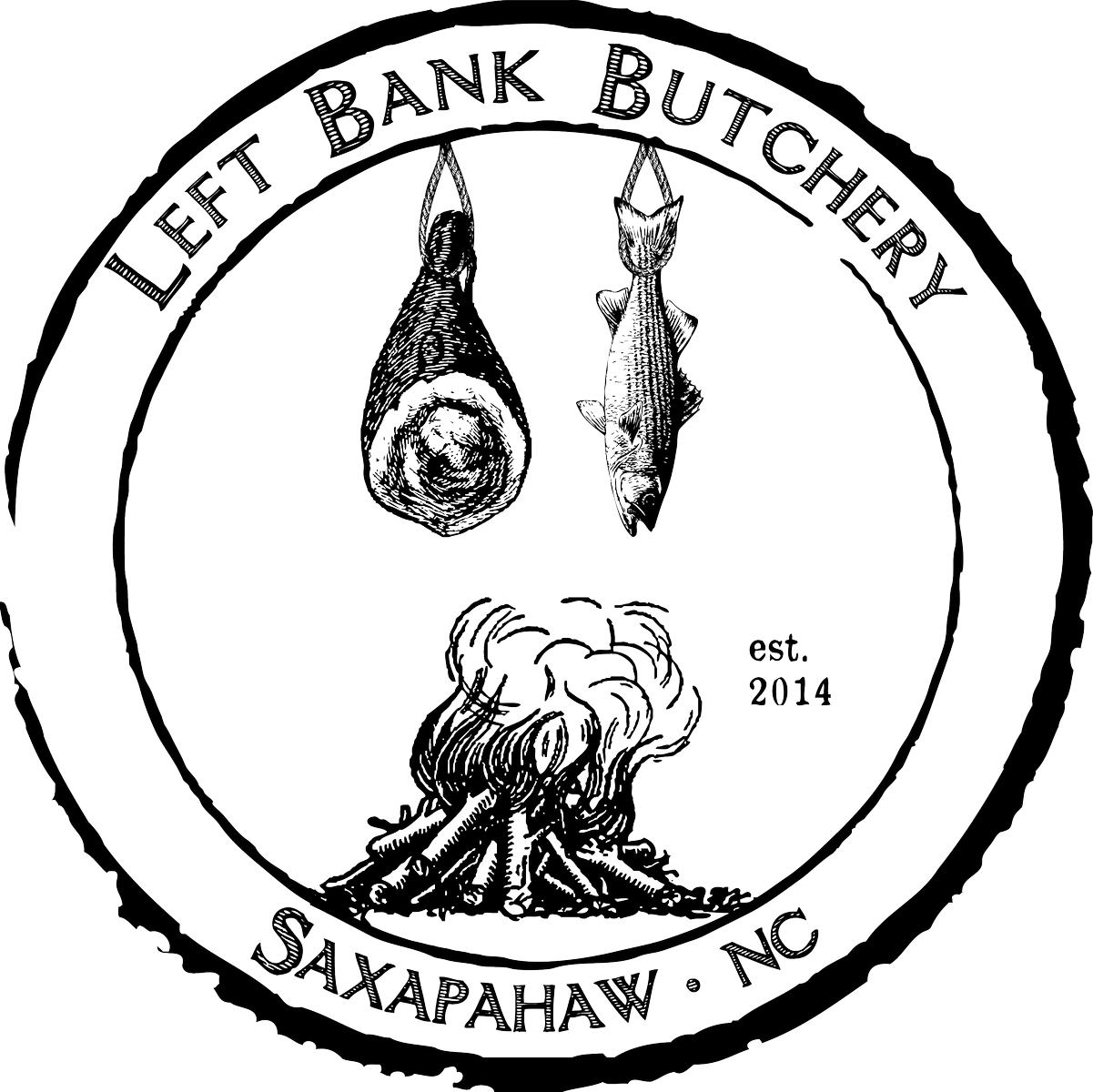Is Our Meat Affordable
We believe in good meat. And we’re populists too. We want to make good meat as accessible as possible. At first glance, Saxapahaw may look like a strange place to put a whole animal butchery (similar butcher shops are located in dense urban areas). But Saxapahaw is helping to lead the charge for a slow food lifestyle. We think healthy and sustainable meat can thrive in the Triangle, and our shop is our attempt to support this.
Any discussion of sustainable meat is quickly followed by a discussion of the costs. We view this as two separate questions:
How can we think about meat differently?
What can we do to save money when buying good meat?
It’s true, our meat costs more than you might find at a grocery store. At Left Bank Butchery we believe in supporting an agricultural system that doesn’t take short-cuts. We support farming practices that:
Respect the livelihoods of the farmers (our neighbors)
Respect the life of an animal
Contribute to healthy ecosystems
Cheap meat is often reliant on sacrificing in these categories, or in passing off the costs to someone else (whether that be the environment or taxpayers). Know that when you buy from Left Bank Butchery, you’re also supporting an alternative food system here in the Piedmont.
Okay, okay, but our meat still costs more. Can I afford it? Below is a guide to helping folks buy good meat affordably. (We hope that its simplicity doesn’t offend).
Cuts
Unlike most butcher shops, we are a whole animal butchery practicing what is known as Seam Butchery. Seam Butchery is the technique of breaking down cuts of meat by individual muscle groups, or along the seams. This means that we not only use every part of the animal, but by sectioning each muscle out, we make sure every cut of meat can be cooked to its strengths. While the availability of certain high-end cuts may be more limited, there will be a vast array of options that you've probably never heard of. We’re excited to talk to you about interesting ways to prepare these cuts, and with some proper instruction, we can send you home with a more affordable cut that we’re sure you’ll love.
Thrift
We believe, ethically and economically, in maximizing the use of every cut of meat. Are you comfortable making stocks? Do you know how to make exciting leftover meals with yesterday’s roast? We love talking meat thrift in the shop. These ad hoc solutions greatly expand the yield from yesterday’s grocery bill.
Charcuterie may be all the rage, but at it’s base, it’s a way to use lesser cuts through clever seasoning, smoking and cooking. We’ll eat less from prepared rillettes than we would from a pork shoulder roast. We’ll eat less bacon (maybe?) than uncured pork belly. You can find charcuterie at the shop and we’re also happy to instruct you on how to make it at home.
We also make take-home meals that are affordable for individuals and families. Often based on traditional dishes from around the world, these meals utilize less expensive cuts through traditional, often slow cooking techniques and the addition of seasonal ingredients. We are always happy to share any recipes used at the shop.
Portion and Presentation
One of the major advantages of our meat is that it has a depth of flavor that you can’t find from industrially produced meat. This means it’ll take less of our meat to feel satisfied. Also, how we portion and cut meat can influence how many can be fed. A thinly-cut flank steak can make a number of salads. Rare roast beef, sliced thin can make lunches for the whole family for shockingly little money.

